Margherita Bergamo (choreographer) and Daniel González (VR interaction designer) made a name for themselves in 2019 with their live performance EVE, DANCE IS AN UNPLACEABLE PLACE which won both the Grand Prix at the Kaohsiung Film Festival and Recto VRso (Laval Virtual). After a pandemic year spent developing new projects, they are going back on tour with EVE – most recently presented at NewImages.
EVE, an origin
Daniel González – Our work with Margherita was an interdisciplinary art collaboration, where we added technology. On my side I did an university research on empathy. I worked with BeAnotherLab on THE MACHINE TO BE ANOTHER, where we gave the audience the feeling and illusion to be someone else. It was based on neuropsychology background, and using virtual reality. It’s basically about putting yourself in someone else’s shoes – and to understand we are part of a bigger collective, at humanity scale. I was working on that embodied VR storytelling project when I met Margherita. We shared the same passion for abstract and emotional relationship with art.
Margherita Bergamo – We met in Barcelona. I was testing some ideas with virtual reality, and working as an actress as well for their own experience. We started to try some choreography together – embodied dance VR prototype. But we needed a more realistic and bigger project, which ended up to be EVE, DANCE IS AN UNPLACEABLE PLACE. It’s a 3-part 360 movie experience, around a live performance involving the audience and dancers. We also can split the 3 movies to play them separately, as we do at NewImages 2021. I perform for this one. When I found out the possibility of involving us physically in a virtual reality experience, it was an amazing thing to create. And I was quickly absorbed by the project, until now!

D. G. – The challenge was to bring dance into a VR experience – and to break the loneliness of a virtual experience. Also we wanted to bring the audience into the story, to be part of it. We had to find a way for physical interaction, connecting the real and spiritual world. It’s like a game, where you have to follow the movements of the dancers. To find a way to use your body. And we worked on a way to keep an outside audience interested, if they want to watch the live show and be part of it.
Building a live-virtual dance experience
D. G. – We have been doing some VR experiences (360 video) capturing dance before. But we wanted the user to be more active in an interactive set up. The best thing for us is to see people dancing ! And we needed our installation to be practical, for budget reasons. We decided to look into low cost technology, such as Oculus Go. And we worked a lot on the live performance side of the project, beyond technology, what we call the ritual. We shot with simple cameras. And now we are working on further application of CGI, with Unity, studying spatial computing… We can use such things for our next installations, but sometimes budget it’s a real turning point. Luckily today it’s easier to get high-quality cameras and post-production.
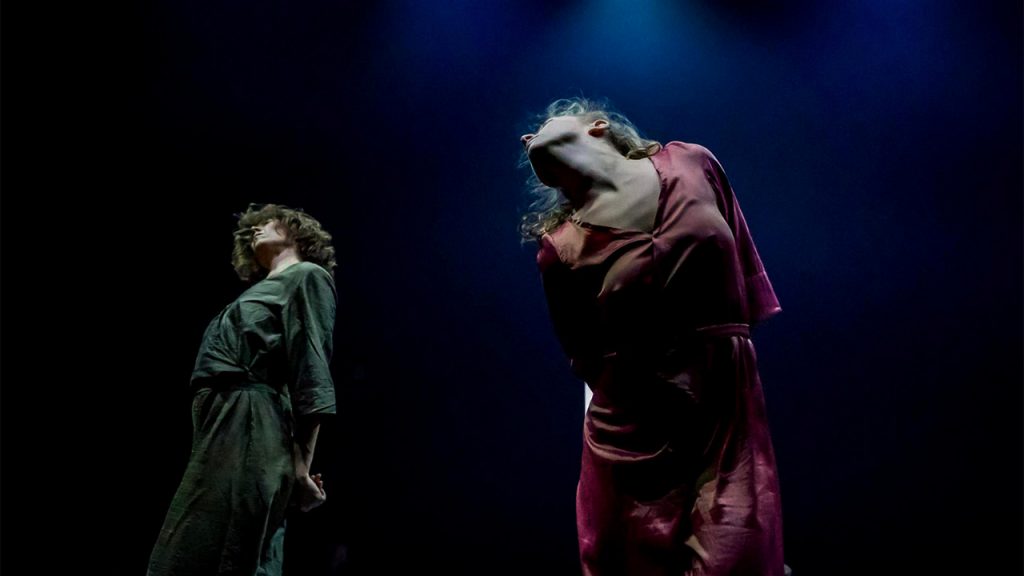
M. B. – We shot with 2 cameras placed on my head, to create the 360-sphere. I had to move in a special way to keep the cameras as still as possible, while the rest of my body had to follow the dance, and give a feeling of freedom.
D. G. – We took a risk to be limited in technology, but it was also to prevent motion sickness or usual issues of a moving camera in VR. The user is welcome to follow the movements in VR, and we work around the storytelling to achieve this result, a fluid and natural bodily experience of the participating viewer.Dancers in VR guide the audience, i.e. The charisma of the actors is very important, and can change everything for the user. With that, we solved almost every motion sickness issue. We started with Oculus Go, which was an intuitive and available technology at that time – but we still had to figure things out. Today things are clearer about the hardware and software we use. Now we are testing the Oculus 2, and try not to use backpacks or wired equipment.
Physical performance for virtual spaces
M. B. – EVE 3.0 is our new project – still classified! Using dance and virtual creation, this is a spontaneous evolution for us. With EVE, we understood people want to dance more, even wearing headsets. And now we are working on how to guide the users in the smoothest way into the dancing stories. We have more tools to create and give freedom to everyone, to the performers and the viewers. We’re testing things right now to see where to go.

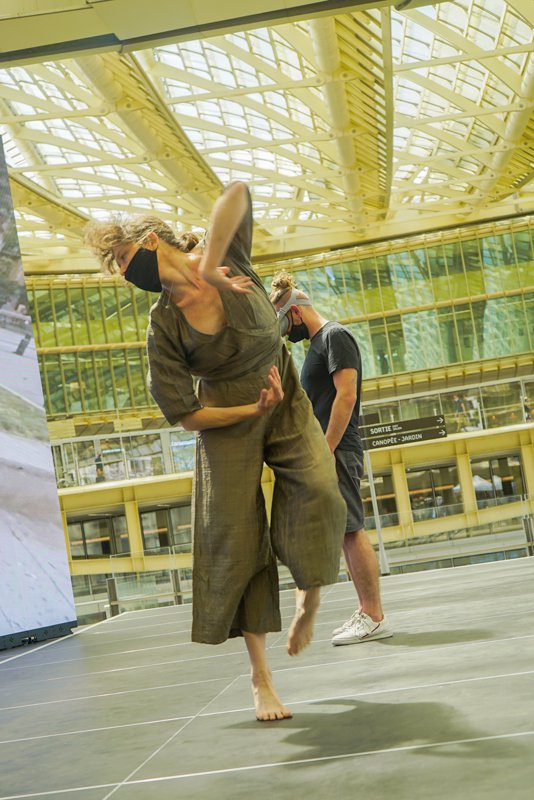
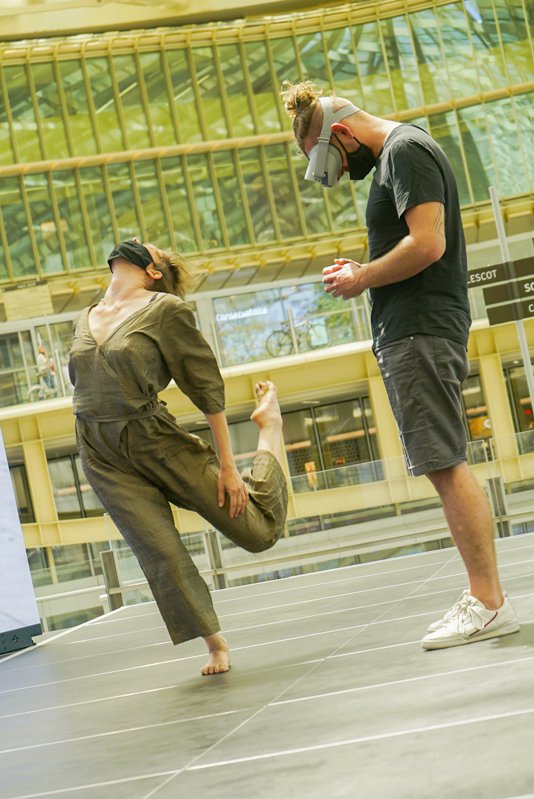
D. G. – I like to refer to telepresence: we need to provide a real context – even with a partial or complete abstract experience. This way, you are physically here! We work every layer of reality and virtuality one by one. And you’re not alone, which is very important. Someone is helping you to go through the experience, in real and in the VR environment. With the participation of a live performer, it’s easier to let things go, and dance. And for the performer as well, there is a living connection. It’s a magical moment, which is why you don’t need the latest technology but just a tool to touch people.
M. B. – As for VR, I can develop my art as a dancer and choreographer in several media. I’m always looking for innovative ways to express myself. I’m very attracted to new technology, because it is what surrounds us. I have 4 new projects on the way with different XR producers. I normally start alone in a studio, from scratch. It’s an organic process, and I love it this way!. After that, I found my partners and we approached the technology we will use. But I keep in mind I want to involve the audience from the first step. In virtual reality, the experience seems to go deeper into your memory. With EVE, for example, you can choose to dance or not – it’s your call. But either way, you will remember the experience. You can cross the border of your own comfort zone – depending if you’re shy or not, and it you let it go.

Distributing a live performance experience
D. G. – We need to understand our requisites in terms of technology, and then focus on the human part of our projects. And that’s the same idea for distribution! We want to play in local communities, and to share the projects with all sorts of venues and festivals . It’s a shame that the industry is putting aside the old technology, supplanted by the new ones for market reasons. We do want to recycle them, there is still a lot of use for them.
M. B. – We started in 2018 in Montreal with the Tangente Danse and the Nouveau Cinéma Festival (FNC Explore). It was the best frame for our premiere! Both contemporary dance and new tech are very strong in Canada. From there, we toured a lot, France, Italy, Germany, Morocco… and had such an amazing experience at the KFF Kaohsiung Taiwan!! – then of course 2020 was not good for us, as we are proposing a physical piece of art. We didn’t put things away, so we are back now for new dates. Of course we’re curious about online experiences as well, multi-users… and new ways to imagine things.
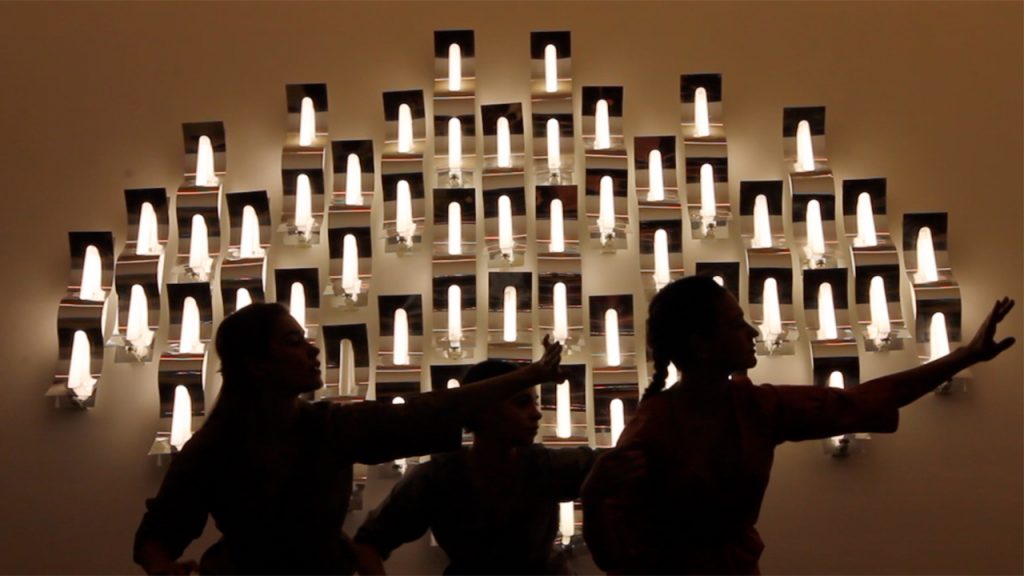
D. G. – As for awards, this is still a mystery! 😉 I’m very grateful for such moments. We’re often crossing paths with big production companies, with a lot of competition. We have to stay innovative, and focused on our work. And sometimes magic happens!

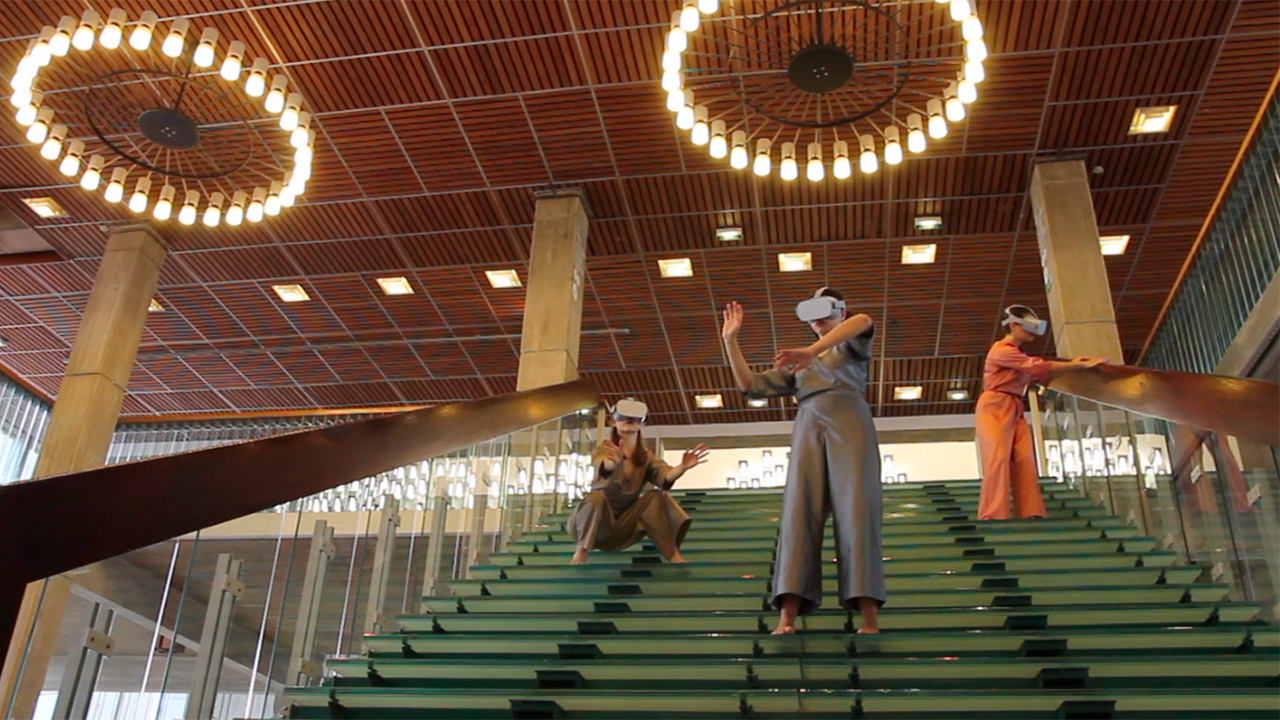

Leave a Reply
You must be logged in to post a comment.